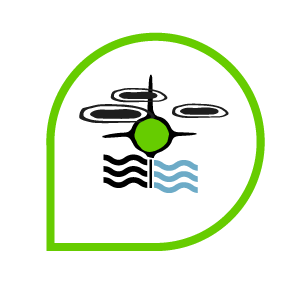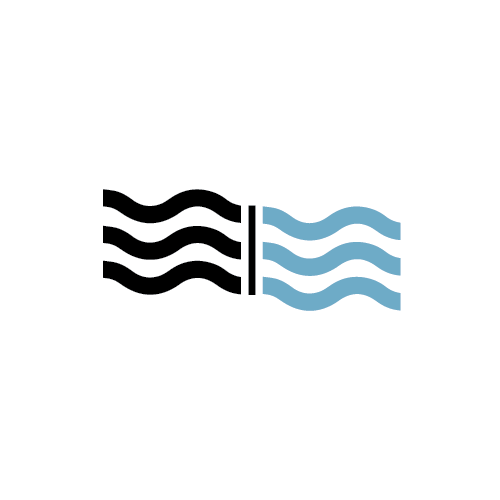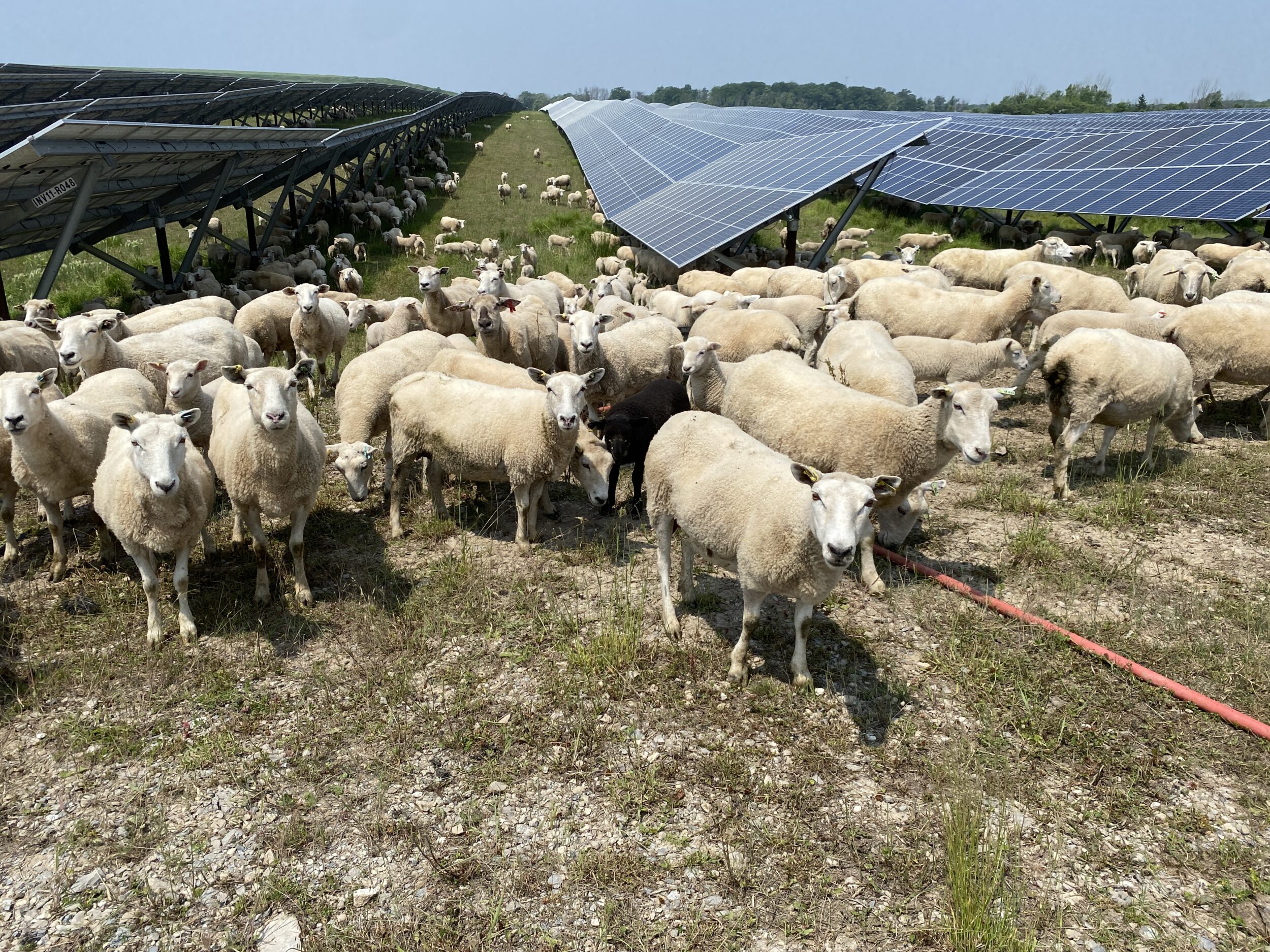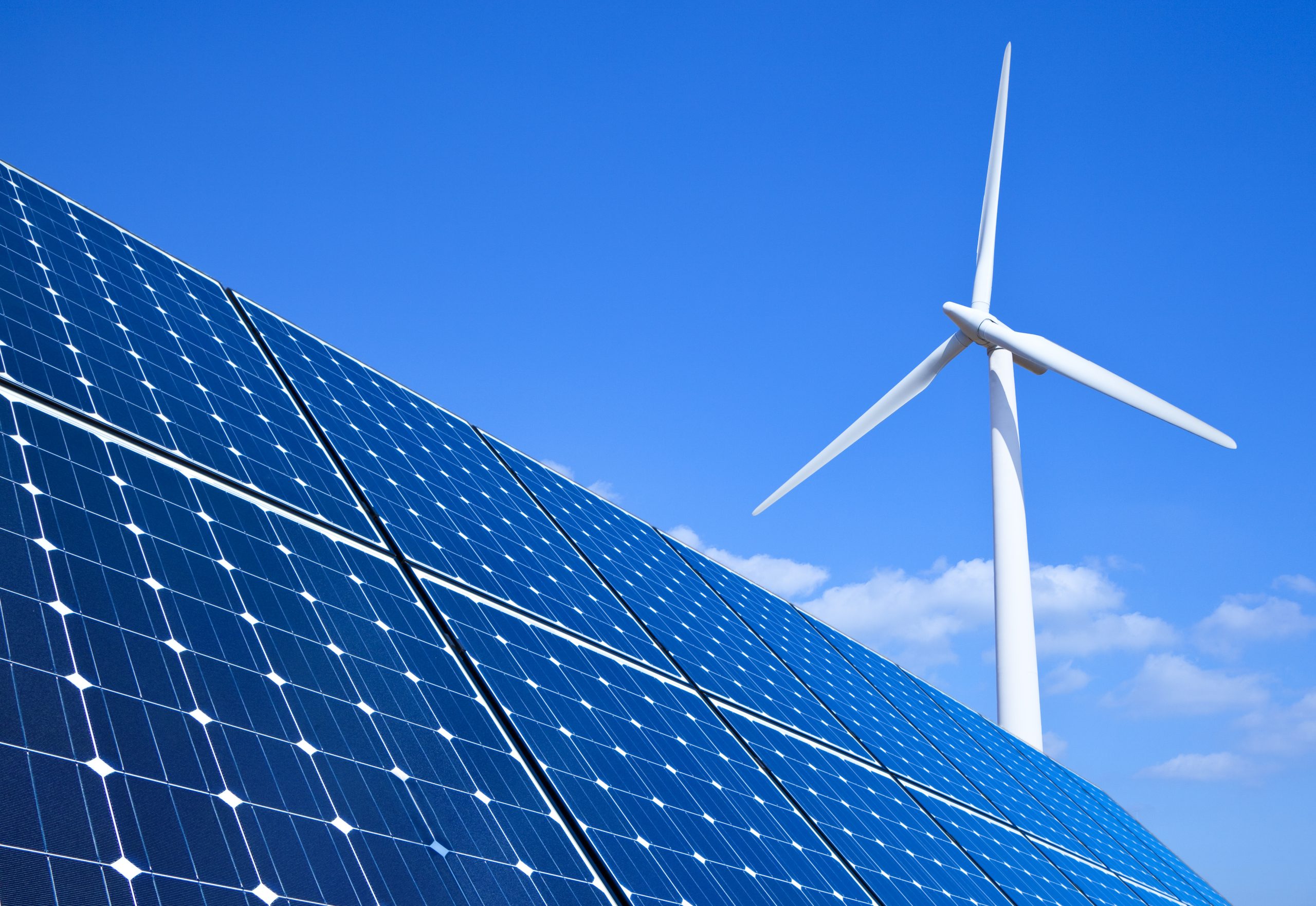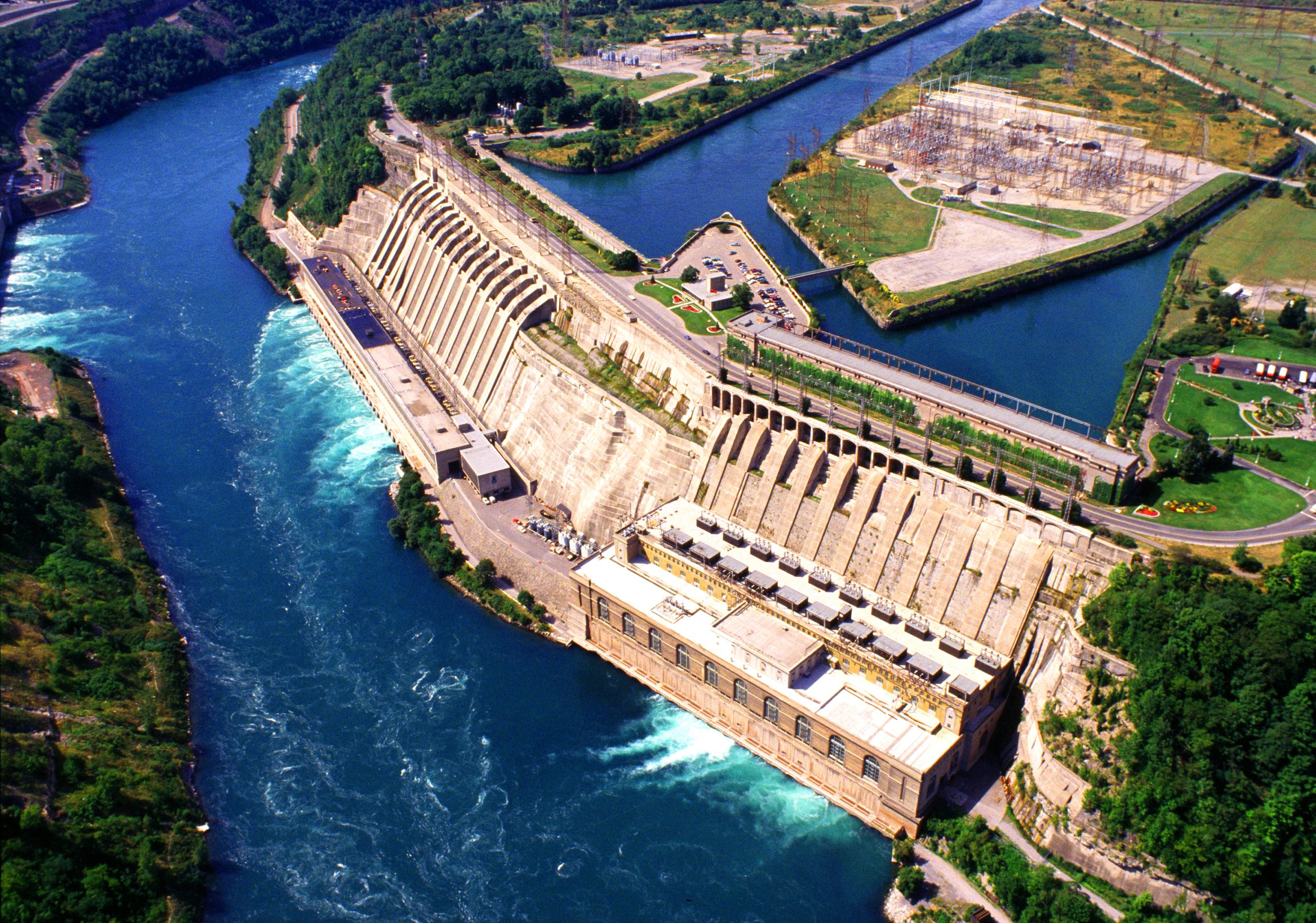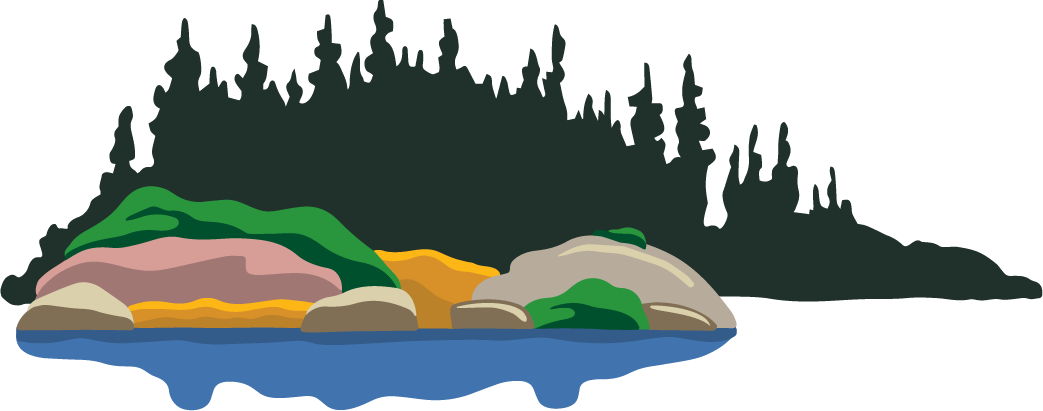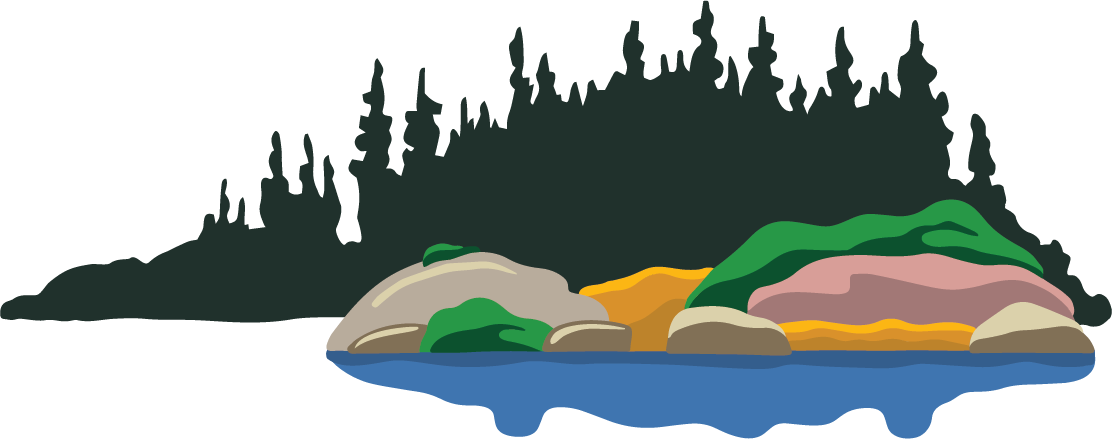Renewable energy in Ontario
Renewable generation comes from replenishable sources such as water, wind, sunshine, and biomass (biofuel). Renewable energy sources are all around us. Producing electricity from these sources emits less greenhouse gases than burning fossil fuels. In Ontario we currently rely on four (4) types of renewable power generation within our system - hydro, wind, solar, and biomass.

Hydroelectric power generation
The natural flow of moving water contains a lot of energy, and when that moving water is used to spin turbines and generators, we create electricity called hydroelectricity, also known as hydro. Hydro uses the renewable energy source of water, is low-carbon, and produces no waste or excess heat.
Hydroelectricity, one of the oldest sources of renewable energy, is an important part of Ontario’s energy mix. About 25% of Ontario’s electricity needs are met with hydroelectricity, making it the province’s leading source of renewable generation, and an important part of reaching net-zero goals.
2023 Energy Output
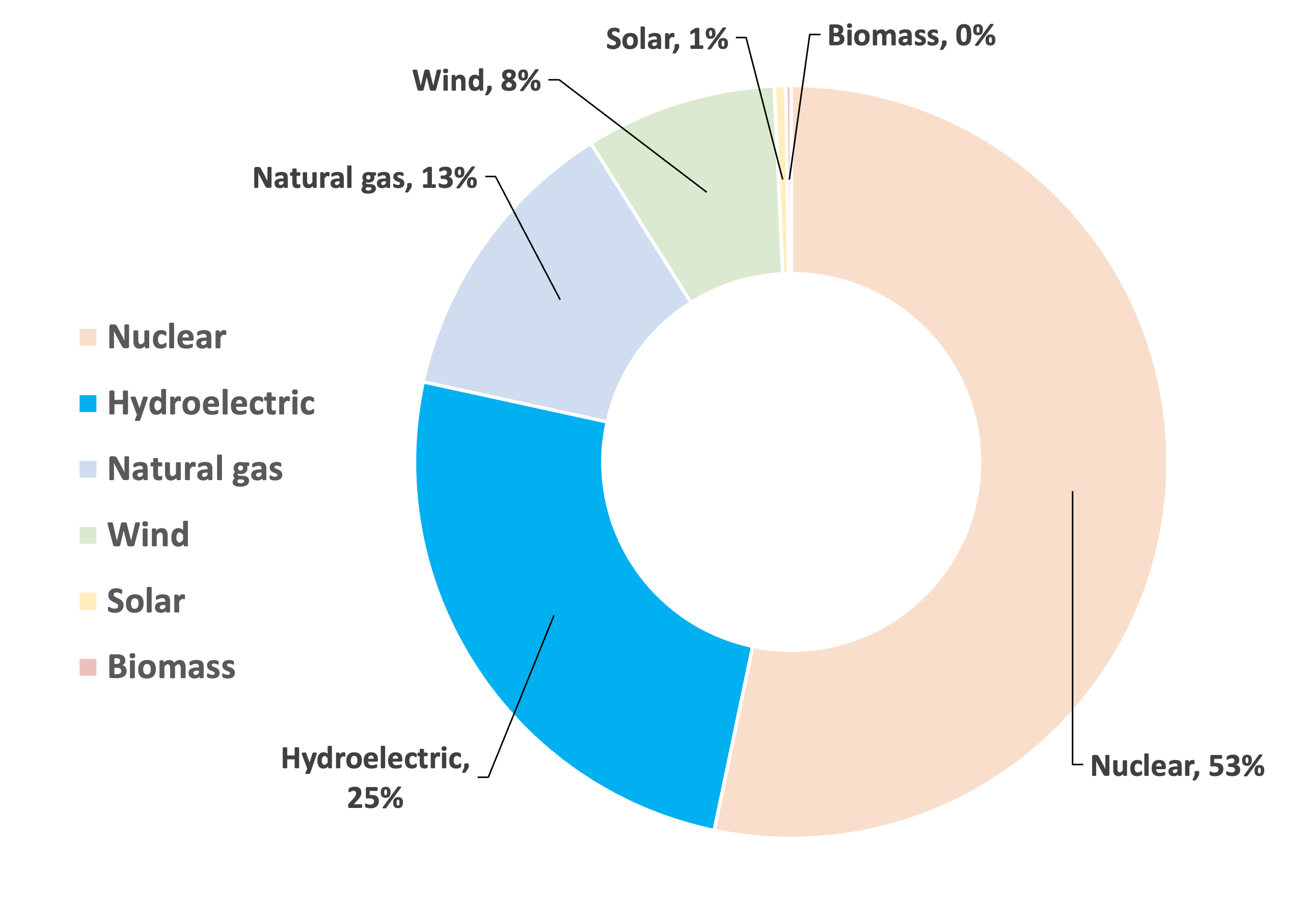
Overview of a hydroelectric generating station
At OPG, we’ve been using water to generate electricity for over a century. Our 66 hydro stations and 239 dams are on 24 river systems across the province. Hydro is an invaluable part of OPG's energy mix and will continue to be in the future as we explore untapped potential.
Find out more about OPG’s hydro stations
Hydroelectric power stations
There are three basic types of hydro stations, which all rely on naturally occurring drops in elevation. Run-of-the-river stations generate electricity using the natural water flow in a river. A second type uses a dam with a reservoir to store and shift the timing of water flow, this type is the most common. The third type, called pumped storage, works much like a rechargeable battery. Discover more by clicking each of the descriptions below.
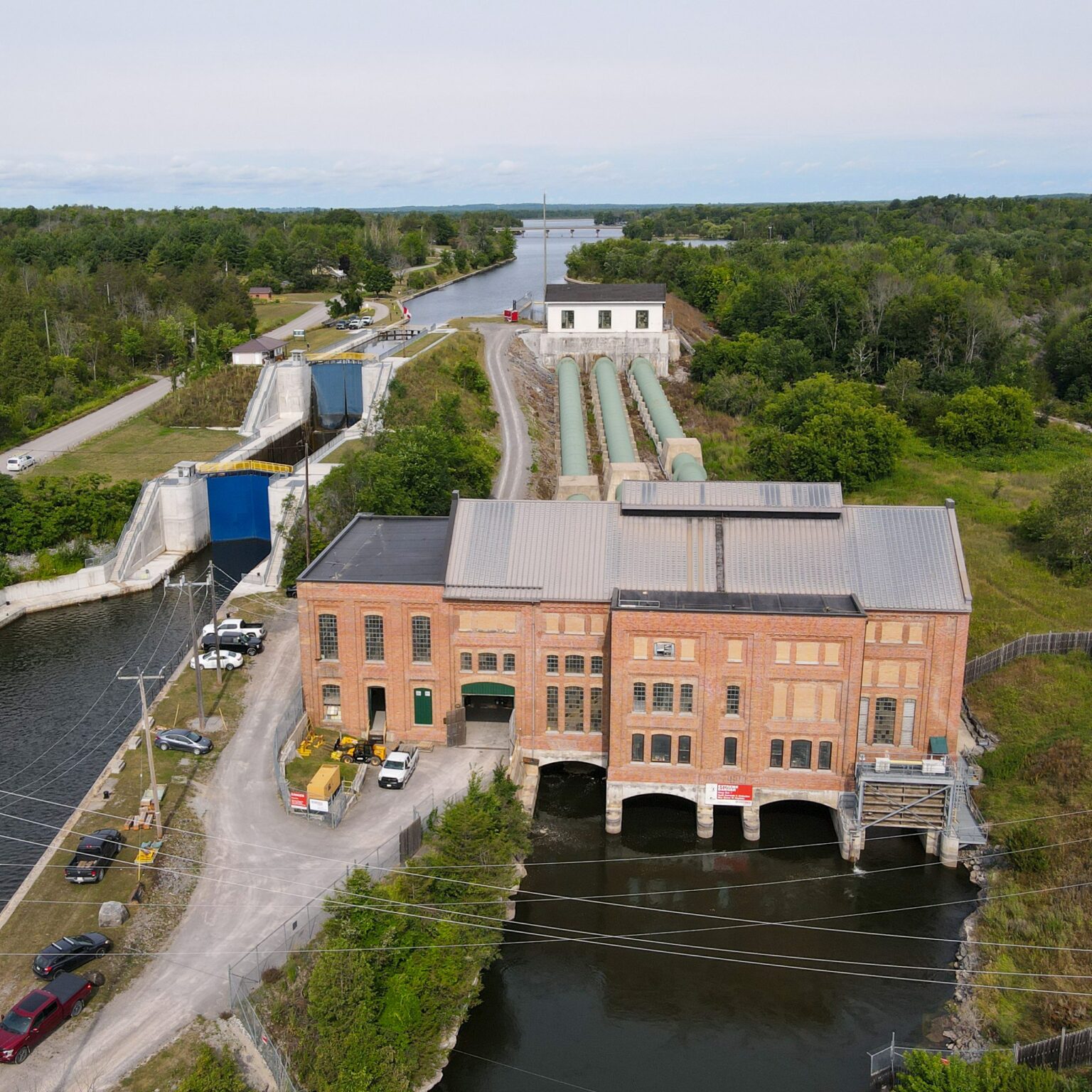
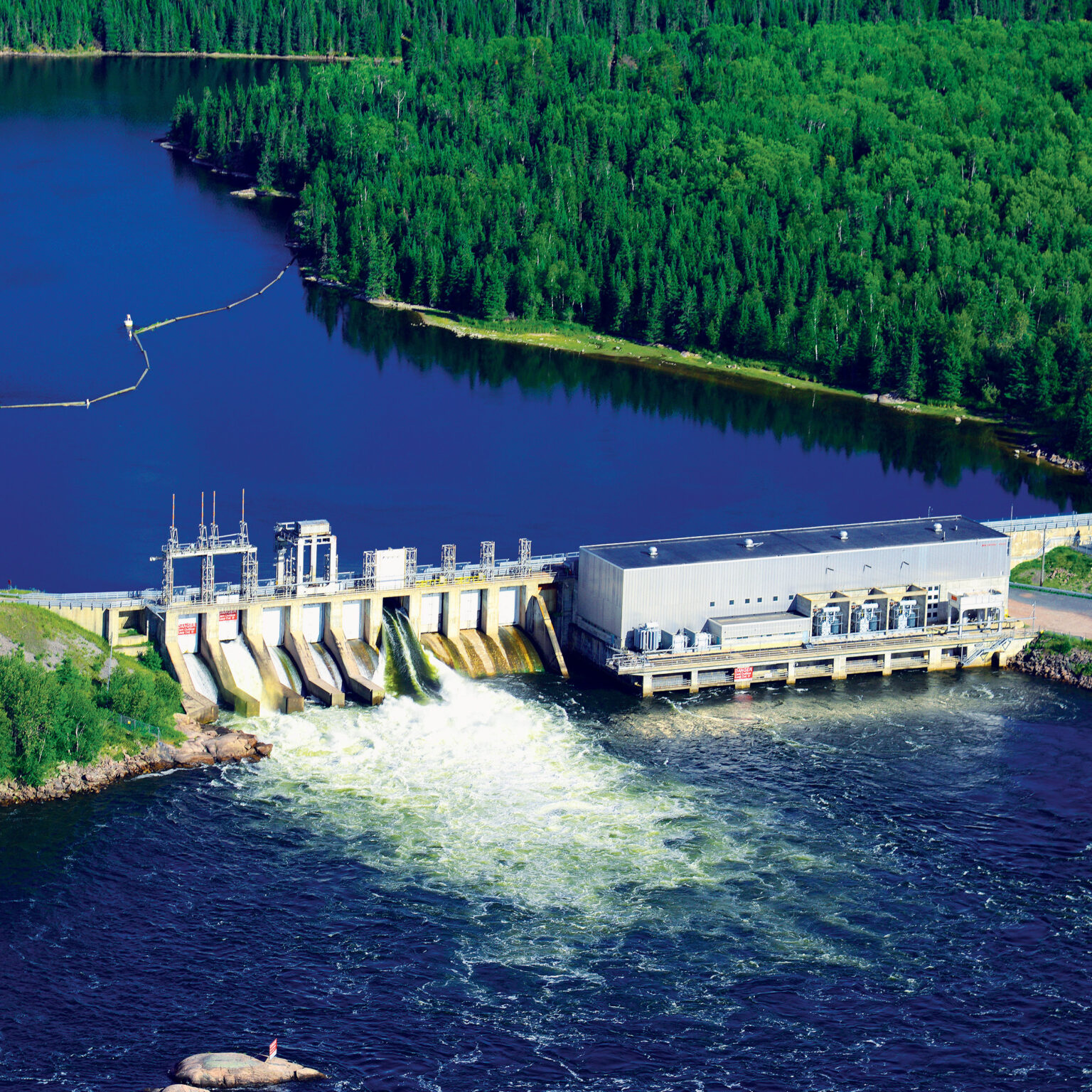
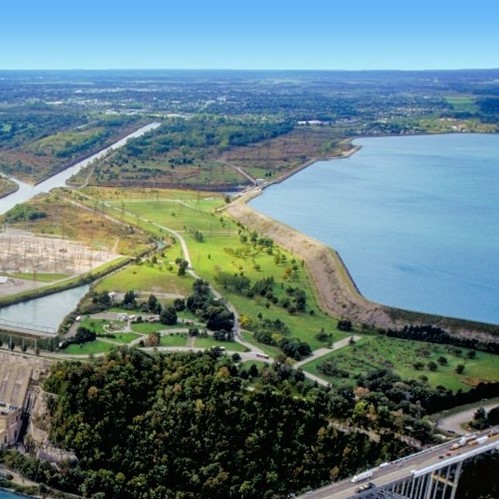
100 years of clean power
Protecting the ecosystem
We inspect and monitor our hydro stations on a regular basis and ensure they are maintained to the highest standards.
One of our biggest priorities in the hydroelectric business is keeping river systems healthy. We understand that healthy river systems are essential for the communities and wildlife that depend on them. We take this to heart and work with many groups to make sure this happens.
Another thing we do to keep you safe is monitoring and reporting. We monitor river levels and flows every day and report them on our website. We also monitor snowfall and weather changes so we can plan for events that may increase water levels like freshet (spring runoff). Click here to access OPG's Hydroelectric Water Portal.
Dam safety
A big priority and commitment for OPG is to ensure safety around the waterways where we operate. Water can change quickly and that can pose a risk to the environment and the public.
OPG has a strong public water safety program that identifies potential hazards and puts in place barriers and warning systems. When near waterways please look out for physical measures like safety booms, navigational buoys, fencing, and warning signs. Stay clear, stay safe, and be dam safe!
Meet our new hydro dam safety champion – Bobby the Buoy

Wind power generation
Wind can fly a kite, turn a windmill, and sail a boat. It can also generate electricity that can be connected to the grid. Today, wind is harnessed to generate power with wind turbines. Across the globe you will see land-based wind farms as well as offshore wind farms (in bodies of water).
How does a wind turbine work? When the wind blows, the turbines spin. When the turbines spin, they also turn a shaft attached to a generator. It is the generator that produces an electric current.
Ontario is the leading province when it comes to wind power capacity. According to the IESO, wind tends to produce the most power during cold months (winter, spring, and fall). Wind turbine output also varies based on where they are in Ontario.
2023 Energy Output

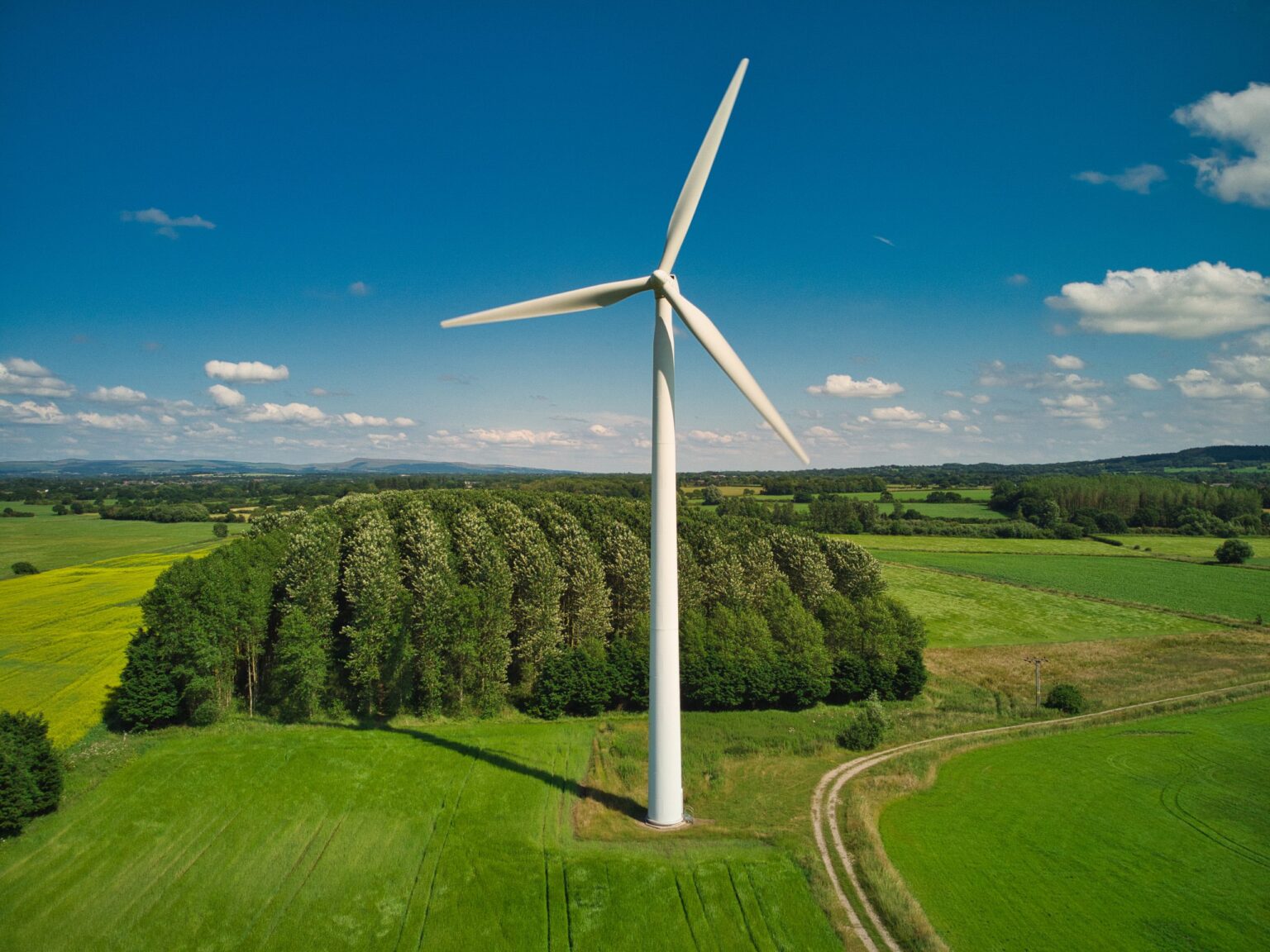
IESO – Wind power in Ontario
Learn more about where wind farms are in Ontario and their forecasted hourly output at a regional and province-wide level.

Solar power generation
Solar power generation harnesses the sun’s rays to create an electric current. There are two types of solar power generation, thermal and photovoltaic. Solar thermal capture uses the sun’s rays to heat water which produces steam that turns a turbine. The second way to generate power from the sun is by using solar panels (the photovoltaic effect). Sunlight hits silicon solar cells, energizing electrons creating an electrical current that generates electricity.
According to the IESO, solar power is particularly valuable in the summer months on hot sunny days. This helps to off-set increased air conditioning use, reducing the strain on the electricity grid.
2023 Energy Output

Nanticoke Solar Facility
OPG’s Nanticoke solar facility is a 44 megawatt solar power generating station with 192,431 solar panels.

Photovoltaic
(Foh-toh-vohl-tey-ik)
Did you know?
The Nanticoke solar facility is owned and operated by Nanticoke Solar LP, a joint venture of Ontario Power Generation, the Six Nations of the Grand River Development Corporation, and the Mississaugas of the Credit First Nation.

Biomass power generation
Biomass power generation is one of the lesser-known renewable energy sources. Biomass generating stations generate power by using biofuel, and there are three (3) different ways they do this.
- Burning biofuel heats water to create steam used to turn a turbine.
- Bacteria from decomposing animal waste produces methane and other byproducts, forming a renewable natural gas, which can be used for electricity generation.
- Biofuel is turned into a gas or liquid through gasification or pyrolysis. The gas or liquid is then burned to generate power.
2023 Energy Output


Pyrolysis
(py-rol-y-sis)
Ontario has many sources of biofuel. These include residual materials from forestry, waste matter from agriculture, by-products from food processing, and waste from municipal landfills, compost and water treatment facilities.
In April 2014, OPG burned its last piece of coal to generate electricity in Ontario. This made Ontario the first jurisdiction in North America to fully eliminate coal as a source of electricity generation. OPG’s Atikokan Generating Station was converted from using coal to biomass (wood pellets) as a fuel source. The station is now the largest 100% biomass-fuelled plant in North America. This generating station produces renewable energy that can be dispatched whenever Ontario’s power system requires it.

Biomass wood pellets are a sustainable fuel recognized as beneficial to climate change mitigation in the Biomass Sustainability Analysis Report by the Pembina Institute.
Last words on renewable power generation
Hydroelectric power stations play a major role in Ontario’s energy mix today, and will continue to do so in the future. With North America’s largest biofuel station, biomass power certainly has a role to play in our province.
The sun and wind are amazing sources of power. They can provide an unlimited amount of electricity, as long as the weather cooperates. This is why we need a diverse energy mix and cannot rely on solar and wind alone.
Though some contribute less to Ontario’s energy mix than others, big or small, all four of these types of renewable power generation have a role to play in Ontario’s energy system. These, in combination with nuclear power generation, help to make Ontario’s energy mix one of the most reliable, and lowest-carbon emitting electricity systems in the world!
So what did you learn?
